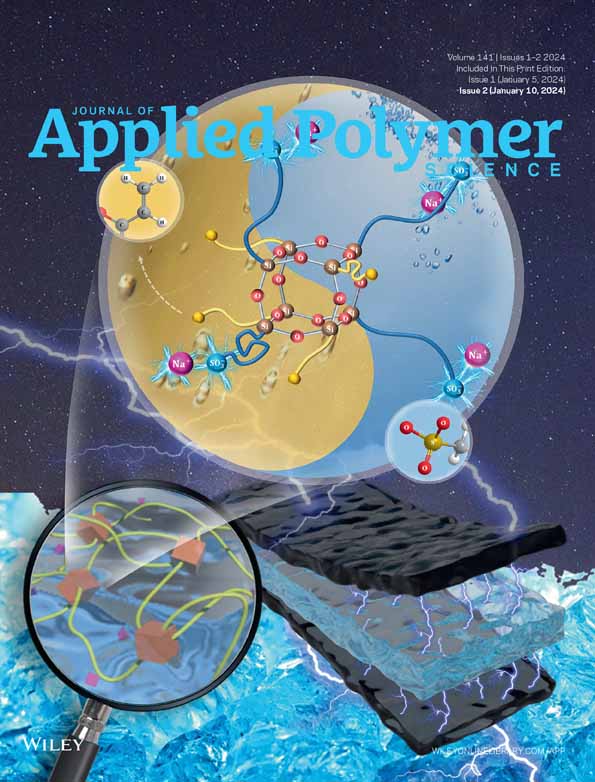Box–Behnken response surface method for the synthesis of high-temperature- and salt-resistant filter loss reducers
Abstract
Wellbores are destabilized by the immersion of a formation in drilling fluid during deep well drilling. To address this issue, in the present study, trimethylolethane triallyl ether (TMETE), 2-acrylamide-2-methylpropanesulfonic acid (AMPS), acrylamide, and N-vinylpyrrolidone undergo free radical copolymerization to produce a PTAAN filter loss reducer. The Box–Behnken response surface method is used to optimize the synthesis of PTAAN; the optimal conditions are 1 wt% TMETE and 0.1111 wt% initiator at 60°C. Fourier transform infrared spectroscopy, transmission electron microscopy, and thermogravimetric analysis are used to characterize the composition, micromorphology, and thermal stability of the PTAAN product, respectively. The synthesized product is resistant to high temperatures and salt under the optimal synthesis conditions. It has an API filtration loss of 8.2 mL for freshwater-based mud, an API filtration loss of 13.8 mL for 20% by weight brine mud after aging at 220°C, and an API filtration loss of 29.5 mL at 150°C under high temperatures and pressures. Incorporating PTAAN into the base slurry prevents clay particle agglomeration at elevated temperatures and high mineralization, resulting in a broader clay particle size distribution and ultimately leading to the formation of a thin and compact filter cake.
CONFLICT OF INTEREST STATEMENT
The authors declare no conflicts of interest.
Open Research
DATA AVAILABILITY STATEMENT
The data that support the findings of this study are available from the corresponding author upon reasonable request.




